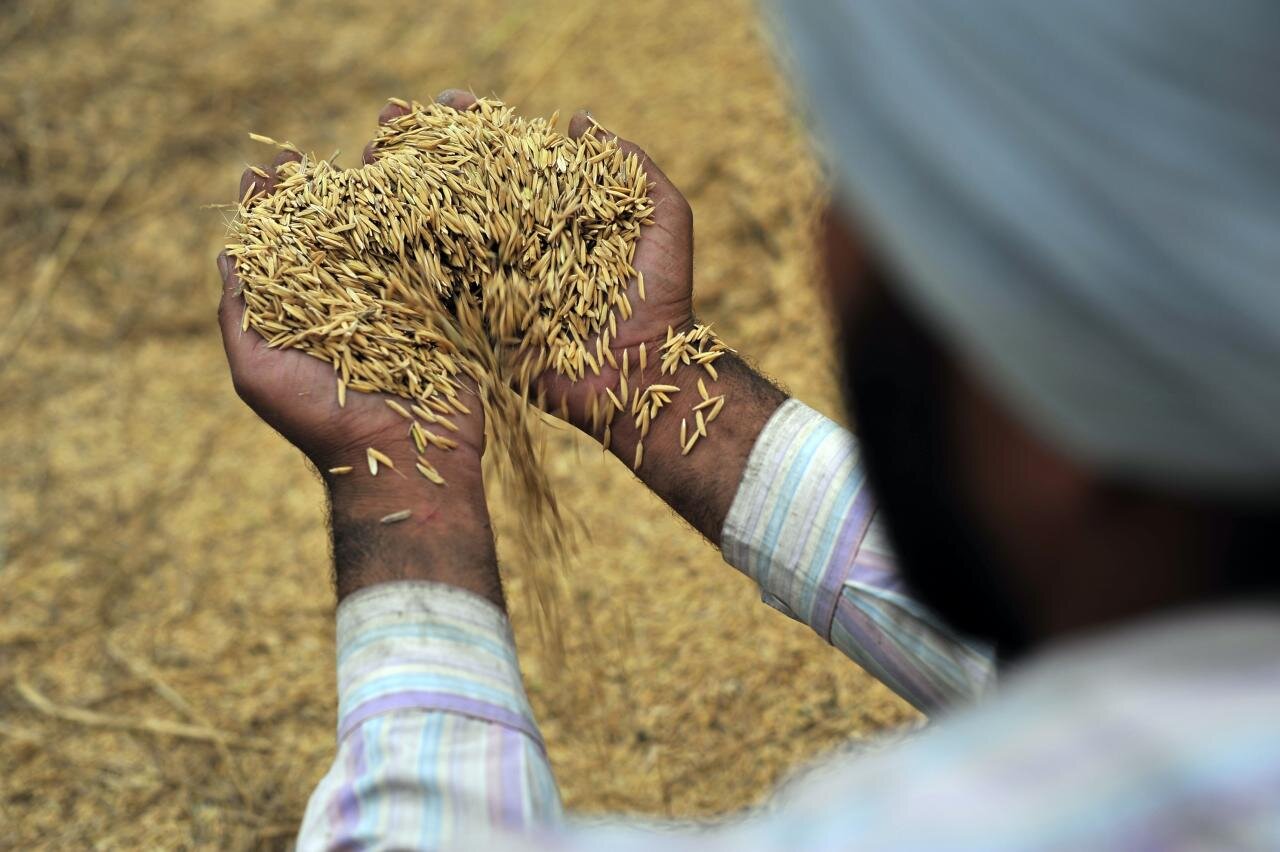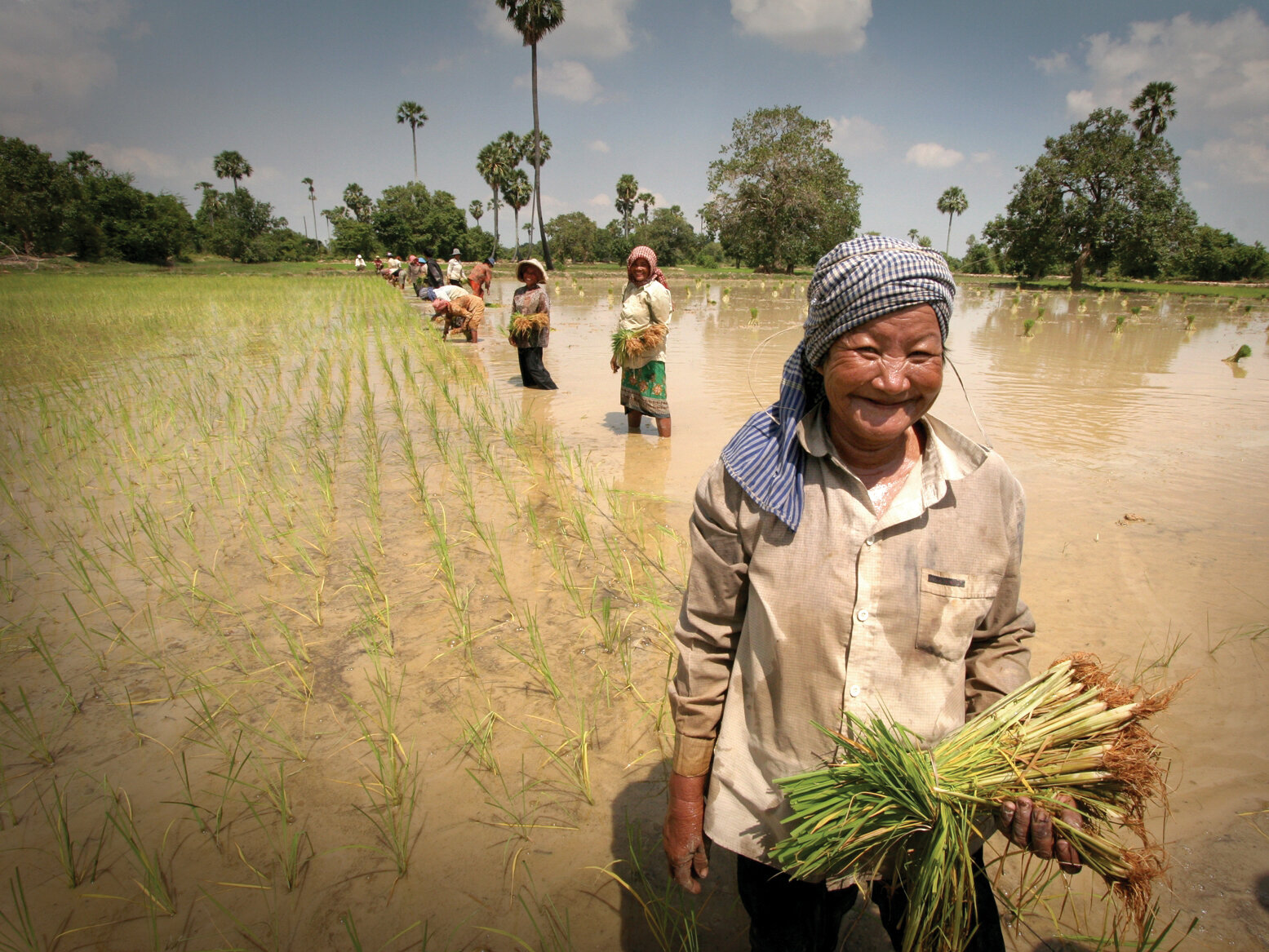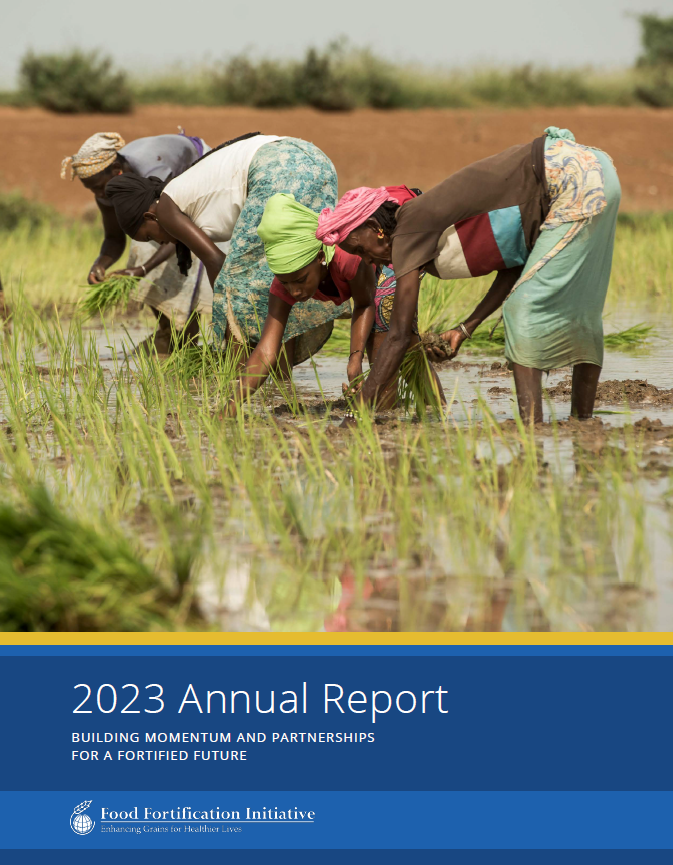
Photo: Dominic Chavez/World Bank
We help country leaders plan, implement, and monitor large-scale food fortification programs.
Plan
Implement
Monitor
Latest News
Less than 6% of corn masa is fortified in the US. To address this gap, FFI has developed a corn masa fortification communication toolkit aimed at raising awareness and encouraging both vendors and consumers to demand fortified products.
COVID-19 and Fortification
More than ever, food fortification with iron, folic acid, zinc, and other essential nutrients is a life-saving intervention vital to reducing the risk of malnutrition—before, during, and after pandemics.
Country Profiles
Information on grain practices, legislation status, grain available for human consumption, milling industry information, and nutrient deficiency indicators.
Today’s children.
Tomorrow’s leaders.
According to estimates, an additional 82% of birth defects of the brain and spine and 34% of anemia could still be prevented globally through adequate intake of iron and folic acid.
More needs to be done.

Photo: Armine Grigoryan/World Bank
2023 ANNUAL REPORT
Building momentum & partnerships
From American grocery store aisles to the shores of Mauritius, FFI’s 2023 Annual Report highlights the significant progress our partner countries have made toward building a smarter, stronger, and healthier future through cereal grain fortification. Over the course of the year, we contributed to reducing the risk of micronutrient deficiencies for approximately 1 billion people through work in 26 countries across five broad areas: Africa, the Americas, Asia-Pacific, Europe, and India.
Read the report to learn more about highlights including:
Marking the first year of the USAID Advancing Food Fortification Opportunities to Reinforce Diets (USAID AFFORD) project
Updated estimates on the current status of global wheat flour, maize flour, and rice fortification
The results of an FFI analysis on the corn masa supply chain and market assessment in the US (Spoiler alert! Only 6% of US corn masa products are fortified with folic acid.)












